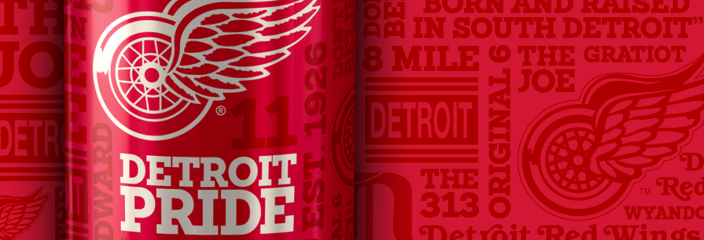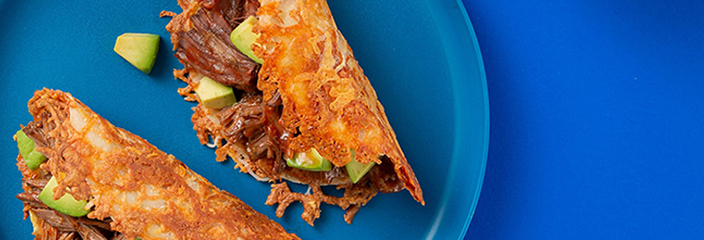GLP-1, glucagon-like peptide-1, drugs like Ozempic, Wegovy, etc. have gained a lot of traction this year, and for good reason. These drugs, originally created to treat diabetic patients, help with obesity as well as other conditions like cardiovascular diseases and kidney diseases. Obviously, these benefits have made GLP-1 drugs very popular and sought after, which comes with many implications for various industries.
More specifically, the food and beverage industry has much to learn as it will be widely impacted. Here are a few ways:
CHANGING DIETARY PREFERENCES
When on GLP-1 drugs, many consumers’ diets change rather quickly due to some of the side effects. One of the major side effects is the change in taste perception. Some consumers may no longer enjoy foods that they loved, have a liking towards foods they may have not liked before, or even find many foods to have a lack of taste.
All consumers are different. Thus, there will be different side effects, responses, and needs amongst consumers. Some GLP-1 users lean towards healthier diets, consuming less snack foods while others may just eat less of their current diet. So, the appropriate monitoring is necessary to respond to your consumer base’s dietary changes.
SMALLER PORTION SIZES
Regardless of the change in diet, GLP-1 users are consuming significantly less food overall, spending about 6%-9% less than those not using GLP-1 drugs. So, brands should look to add smaller portion sizes to product lines to satisfy the needs of GLP-1 users.
GLP-1 users are unable to eat the large portions of food they ate prior to their prescription without experiencing significant side effects. This lower consumption of food will lead to less food purchased as well as the potential to less food waste and production in the industry. However, this reduction in food consumption leads to a lack in essential nutrients.
NUTRIENT FOCUS
A lower intake of key nutrients will lead to more side effects like dehydration, gut health issues, micronutrient deficiencies, hair loss, and sagging skin. One of the more prevalent side effects is significant muscle loss due to the decrease in protein being consumed. This provides opportunities for protein-rich foods, functional beverages, and other fortified foods and beverages.
These nutrient-dense products help alleviate many side effects that GLP-1 users experience as well as help and prolong satiety. For example, Nestlé has already done extensive research and development with its Vital Pursuit line to provide GLP-1 users with the nutrient-dense and protein-rich products they need to support their new lifestyle.
QUENCH’S CONCEPT
Take these potential changes into consideration because as demand and supply of GLP-1 drugs increase, these shifts within the food and beverage industry will become more relevant and necessary.
Consider creating a new product line like Nestlé, incorporating these changes into a poorly performing existing product, or simply conducting more research to familiarize your brand with GLP-1 drugs further.
For example, our client, StarKist, has been very proactive with research and discussion revolving around GLP-1 users, recognizing GLP-1 drugs as a trend clearly here to stay for the long-term. With many of StarKist’s products containing high-quality protein, the products are ideal for GLP-1 users in terms of proper nutrient-intake and portion size.
Don’t sleep on this opportunity – huge growth is expected. Make sure your brand is on the right side of it.










